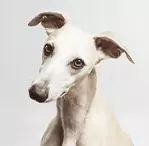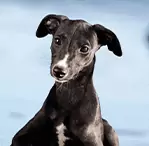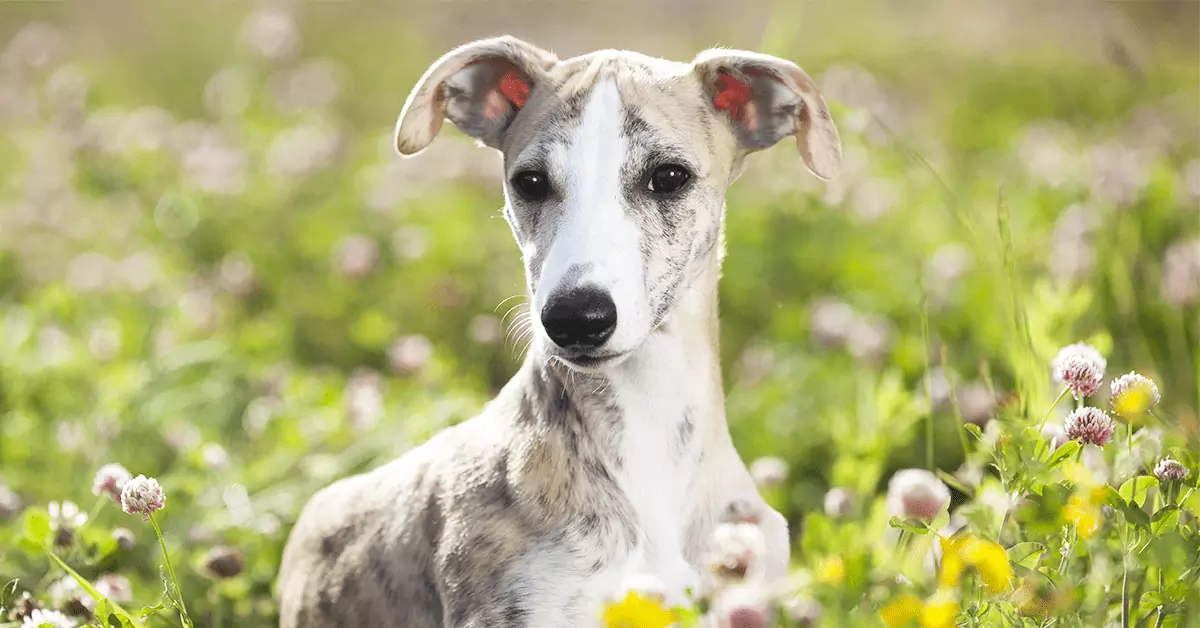
Meet the Whippet
Playful Pooch
Apartment Friendly
Calm Canine
My Many Looks
My Breed Characteristics
Furbulous Fact
As I Grow Up
History of My Breed
Care Tips
Training Tips
Personality
Affectionate
Playful
Calm
Group
Hound Group
Origin
England
Life Span
12-15 years
Breed Popularity
#61 of 197
Height Range
18-22 Inches
Weight Range
25-40 Lbs
Coat Details
Type
Short
Texture
Smooth
Features
Colors
Red, Fawn, Orange, Tan, Cream, Black, Blue, Brindle
Hypoallergenic
Cost to Buy
$800-$1,500
Lifetime Care Cost
$20,740
My Many Looks
My Breed Characteristics
Furbulous Fact
As I Grow Up
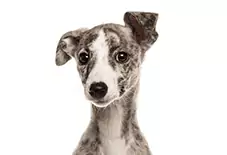
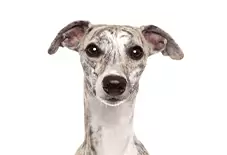
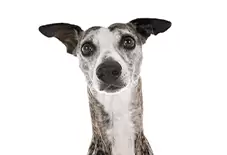
History of My Breed
Care Tips
from Dr. Jessica Greenberg, Associate VeterinarianDo your best to avoid injury in your Whippet.
Whippets are athletic dogs with slight frames, and are thus at higher risk for athletic injuries than sedentary dogs. Skin lacerations, muscular strains, sprains, and tears, and orthopedic injuries are common in Whippets.
Talk to your vet before any anesthetic procedure.
Whippets are sight hounds, which as a group are more sensitive to inhalant (gas) anesthesia and prone to hypothermia during anesthetic procedures. Avoid issues by discussing any concerns you have regarding anesthesia with your veterinarian.
Test your pup for deafness.
Some Whippets can be born deaf, due to a condition called congenital or hereditary deafness. Dogs like Whippets that carry the gene for merle coat color are at risk for unilateral or bilateral deafness. It is recommended to have any puppy that you want to purchase tested for hearing by your veterinarian. There is no cure for hereditary deafness.
Training Tips
from Dr. Jessica Greenberg, Associate VeterinarianInvite your Whippet onto furniture.
Instead of picking your Whippet pup up to take them to furniture, invite them up onto furniture. You should have some control over cuddling on furniture, otherwise they’ll feel like the couch and bed are theirs and they won’t have to listen to you. Don’t let them cuddle with you on everything, although you may feel the urge to. There have to be boundaries somewhere.
Interrupt your Whippet when they’re in “predatory mode.”
Whippets are born hunters of small prey, and they’re fast sprinters. They have a lot of energy and a strong predatory instinct, so it’s easy for them to fall into cycles of wanting to hunt things. Watch for the “predatory look” when you’re out with your dog, which is when a dog pauses, focuses on an animal, and hunches over. Interrupt your dog when they’re doing that and remove them from the situation.
Set a feeding routine – and stick to it.
Keeping a healthy and functional food routine is a great way to provide consistency and instill confidence in your growing pup. Whippets also respond well to positive reinforcement, so as a reward for good behaviors during training, try taking a quarter of the kibble for the day and hand-feeding your pup throughout the day. Your puppy will still get the same amount of food by the end of the day, but now it’s bonding and learning to listen to you while receiving consistent training and food.
My Many Looks
My Breed Characteristics
Furbulous Fact
As I Grow Up
History of My Breed
Care Tips
Training Tips
-
Personality
Affectionate
Playful
Calm
-
Group
Hound Group
-
Origin
England
-
Life Span
12-15 years
-
Breed Popularity
#61 of 197
-
Height Range
18-22 Inches
-
Weight Range
25-40 Lbs
-
动物皮毛
Type
Short
Texture
Smooth
Features
Colors
Red, Fawn, Orange, Tan, Cream, Black, Blue, Brindle
-
Hypoallergenic
-
Cost to Buy
$800-$1,500
-
Lifetime Care Cost
$20,740
